Designed Parameters
Designed Parameters: Advancing Parametric Software in the Architectural Design Process
Thomas Le Comte
A 120 point thesis submitted in partial fulfillment of the requirements of the degree of Master of Architecture (Professional)
Victoria University of Wellington School of Architecture
2017

Architects use computers predominantly to digitise a design process that has been in use prior to the advent of the computer. Traditional analogue concepts are transferred into and sculpted through the digital world but the overall process has remained mostly unchanged for decades. Merely digitising a known process does not utilise the full power of the computer and its near limitless ability to compute.
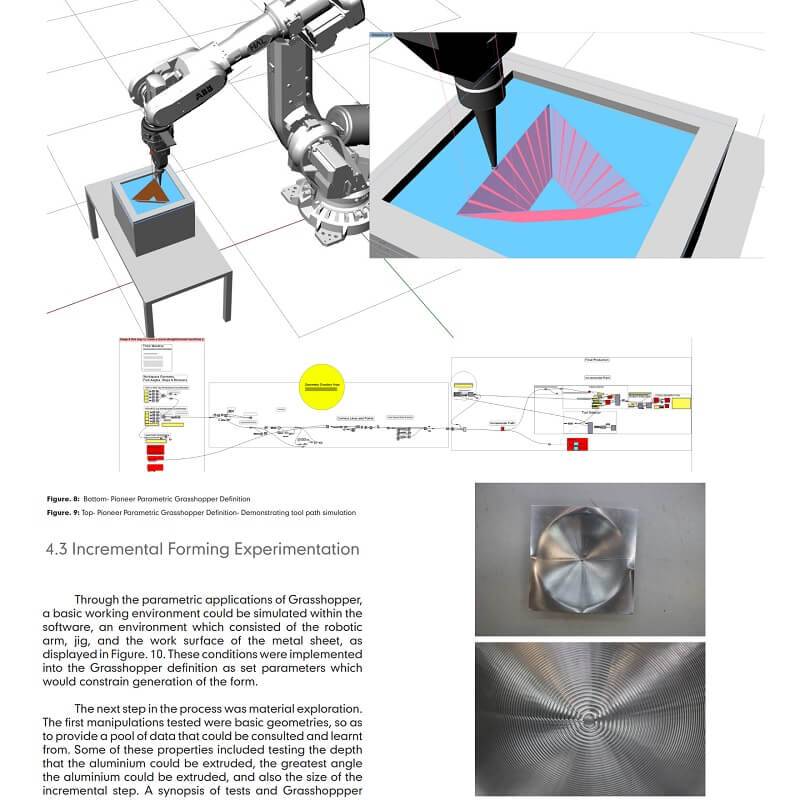
For an architect, design of the built environment is highly important especially if they are to optimise the physical, phenomenological and psychological aspects of the space. The process of designing an architectural space is riddled with possibilities or variables that architects have used historically to aid in the design of the built environment, including but not limited to: object relationships, climate, site conditions, history, habitibility and the clients input – all project requirements that must somehow be quantified into a built object.
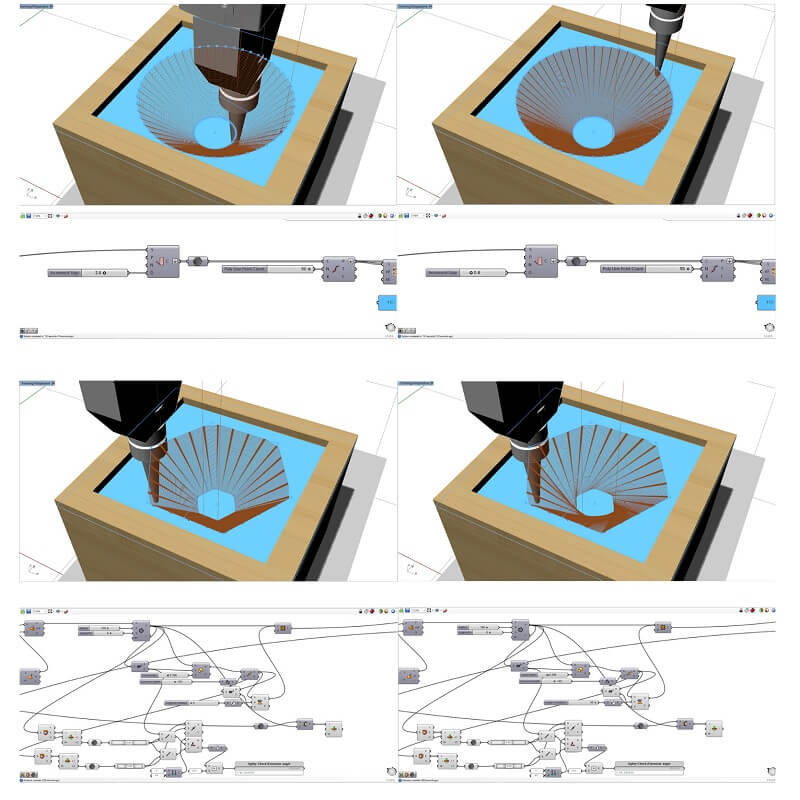
This information is key for an architect as it will inform and form the architecture which is to be designed for the project at hand. This information, however useful, is not easy to integrate into every aspect of the design without intensive planning, problem solving and an exploration of almost an infinite number of possibilities. This is where parametric design can be used to aid in the design. More of the fundamental aspects of the information gathered in a project can be programmed into a computer as parameters or relationships.

Once this information has been quantified, the designer can run through iterations of a design which are defined by these parameters. This is not a random process. It is controlled by the designer and the outcome is a product of how the architect designs the parameters, or relationships between components of the design.
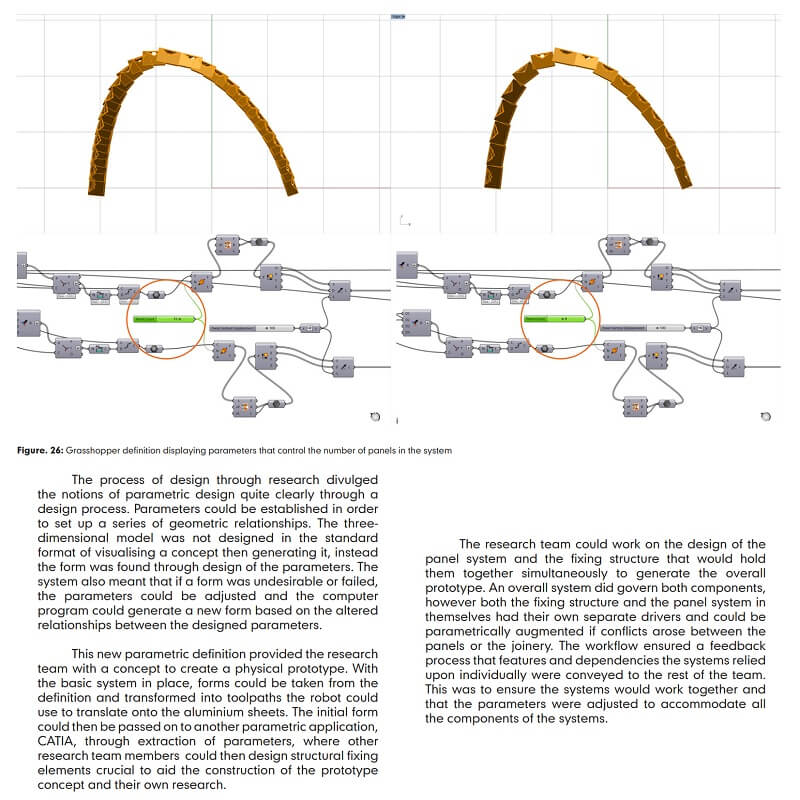
Parametric design offers a shift from merely digitising design ideas to using programmed constraints derived through the design process to influence and augment the design envisioned by the architect. Parametric design allows the system to be changed holistically and updated through the alteration of individual components that will then impact the form of the design as a whole – creating a non-linear process that is connected throughout all design phases.
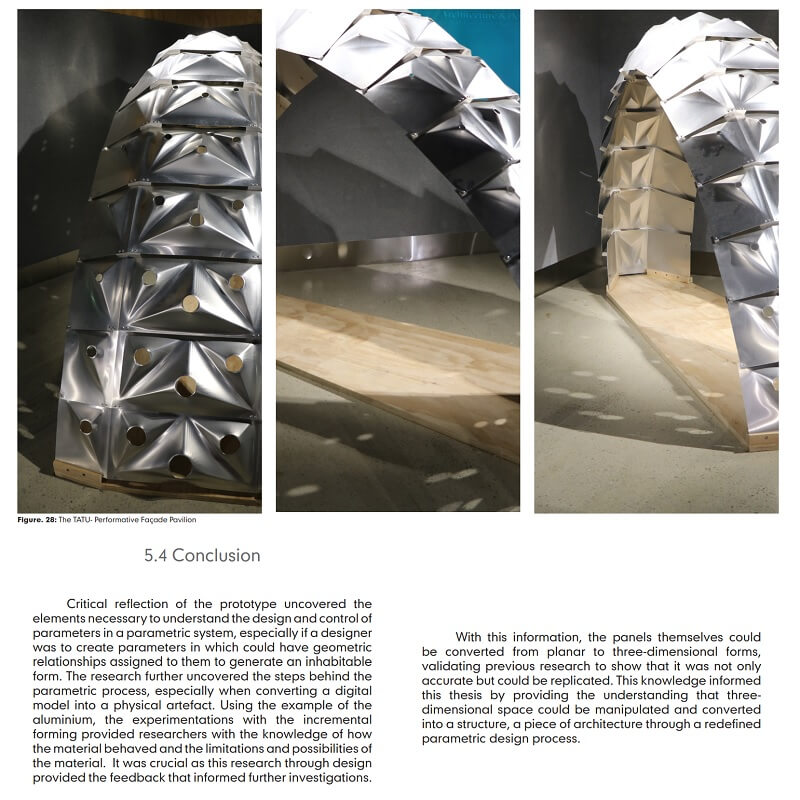
This thesis by Thomas Le Comte seeks to explore parametric design through its implementation within a group design project to decipher how a parametric process grounded in an understanding of contemporary digital fabrication can inform architectural space. To explore parametric design, this thesis will practice this re-envisioned design process through three design phases. The first phase is the foundational knowledge stage where the applications of digital workflow, computer models, tools and material explorations are examined.
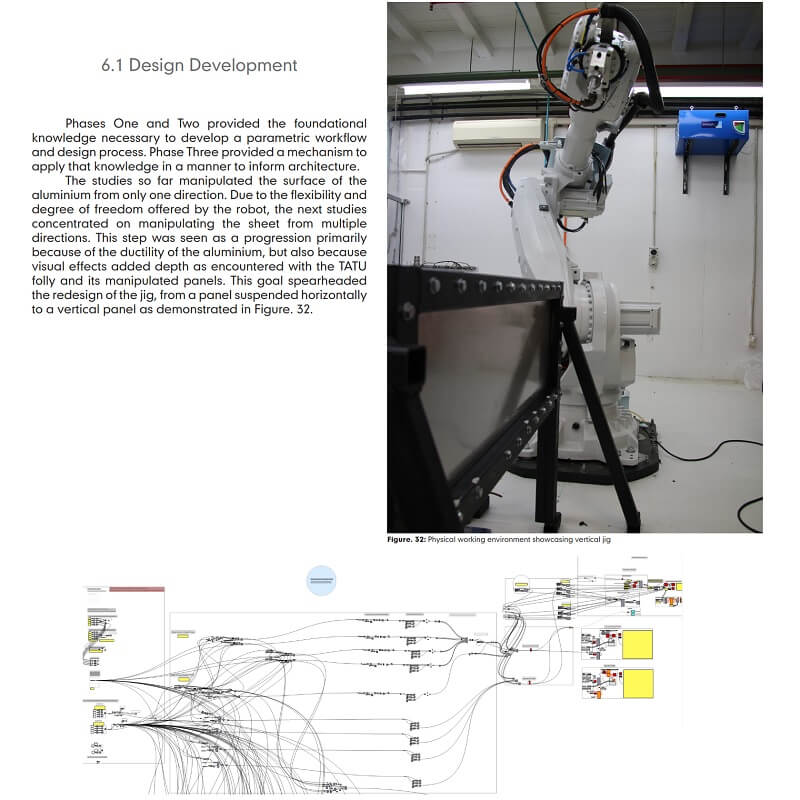
Second is the production of a prototype to investigate lessons learnt from phase one and apply these lessons to an actual parametric system used to design a prototype. The final stage will be a developed design process that will further explore a parametric system and its architectural applications. These phases will be developed through a series of prototypes in the form of material explorations and scale artefacts which will explore how it would be used to address many of the designs facets from sensual to corporeal.
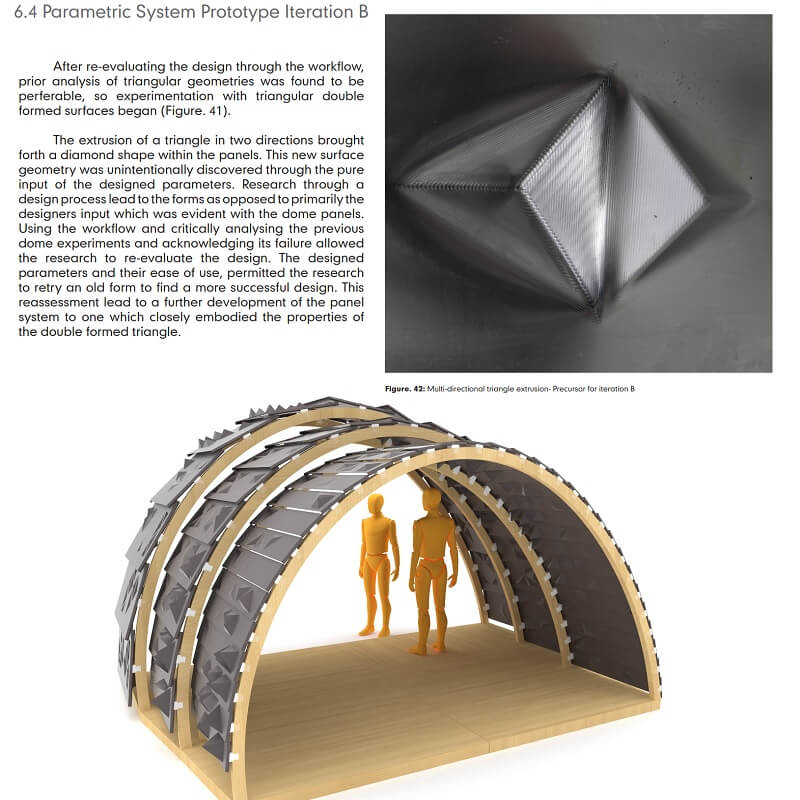




























Comments